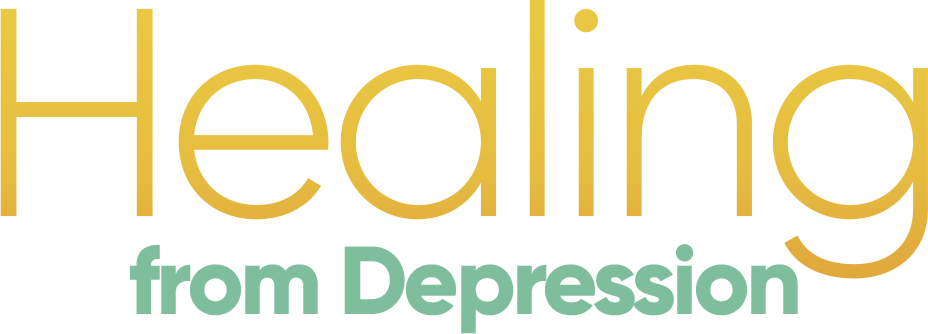In a recent blog, I talked about how I was attempting to cope with a “mini-relapse” without using psychiatric drugs. In this blog, I will share a turning point in my recovery that shows why we are meant to heal in community.
One Sunday morning in the midst of this episode I awoke in a particularly dismal state. I didn’t have a structure planned for the day. And without something to look forward to, both my anxiety and depression increased.
As I lay in bed, trying to convince myself to get up, the phone rang. It was a cycling friend Sandy, calling to see if I wanted to go on a bicycle ride.
“Let’s take a spin up Rocky Butte,” she said, referring to the 550 foot butte located ten miles from my house.
“No problem,” I replied. “You are giving me a reason to get out of bed.”
“See you soon,” she said.
I hung up the phone, arose, stretched, and got a quick bite to eat. Within the hour I was on my way to Sandy’s house. By now, most people know that aerobic exercise has a positive impact on mood, and works as well as antidepressants in treating mild to moderate depression. When I told Sandy about my depressed state, she suggested that we climb Rocky Butte twice in order to get the maximum benefit from the mood-enhancing endorphins.
It took us about thirty minutes to cycle to Rocky Butte, and as I approached the start of the climb, I found myself needing to use the rest room. Fortunately, there was a church at the base of the hill, and since it was Sunday, the doors were open. I made my way towards the church, and saw the following sign posted on the front door:
Are you connected?
Get connected?
Come inside to find connection.
At that point an elderly man and his wife opened the door and came towards us.
“Good morning,” he said.
”Good morning,” I replied. “I was just reflecting on the truth of the words posted on the church door. I work in the field of mental health, and I have found that supportive relationships are a central part of mental health recovery.”
That’s right,” he said, “That’s why we and other church members are committed to reaching out to those parishioners who are isolated. In addition my wife and I have found that when we focus on helping others, our own problems don’t seem so bad. “
His comment reminded me of what author Tracy Thompson said in her memoir, “The Beast,”–that when we serve others we are released from “the prison of self.”
We chatted more with the couple, and then Sandy and I headed up Rocky Butte– a 1.4 mile climb with an average grade of 7-8%. When I arrived at the top in a sweat-filled jersey, I noticed that the fog in my brain was lifting. By the time we finished the second climb, my mood had improved considerably. The combination my body’s endorphins and the interaction with Sandy and the couple had turned my brain chemistry around.
To read more of my thoughts on this matter, please go to this online article:



